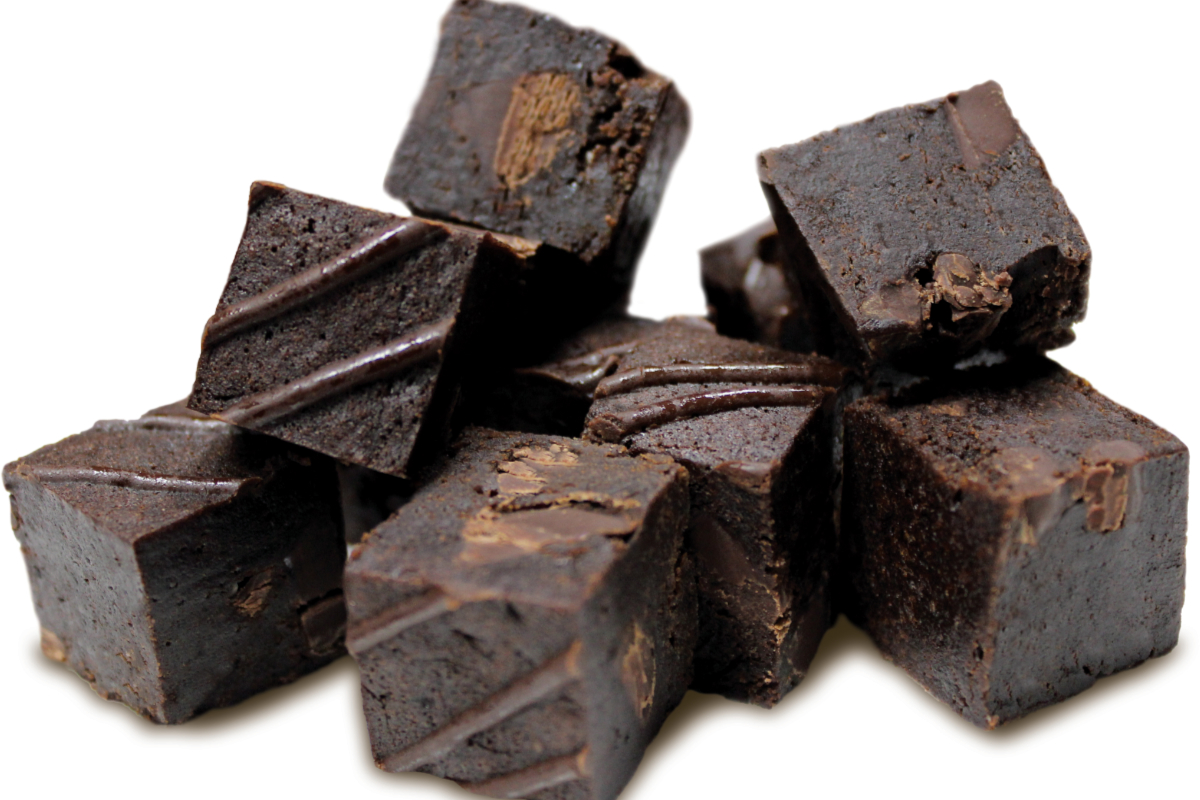When choosing between chocolate or compound ingredients, bakers need to consider many factors. In general, compounds are less expensive than chocolate because cocoa butter is a premium-priced fat. However, with gourmet and artisan products, price may not be a factor.
“The main criteria to focus on when deciding between compound and pure chocolate are application, flavor, brand focus, supply chain/region and price,” said Zachary Freed, customer innovation applications specialist-confectionery, AAK. “There are certain applications in which a compound will outperform a chocolate and vice versa. A cookie with a chocolatey filling that is stringy when pulled apart, for example, will be more successful with a softer compound filling. For flavor, compounds tend to be sweet and may take away from the flavor balance of the finished product. In this case, a bitter semi-sweet chocolate would be more successful.”
Fatemeh Khadem, cocoa and chocolate, senior technical services manager at Cargill, said bakers need to identify the type of experience they want to create. If it is a unique flavor or color, compounds may be the best choice for creative flexibility. If it is a decadent, rich dessert, using chocolate may deliver a more impactful flavor.
“It’s important to think about who will ultimately be purchasing your product,” Ms. Khadem said. “If your target consumer is looking for a premium product, the ability to use the claim ‘real chocolate’ may guide you toward using chocolate instead of compound.”

Bakers need to decide how they want their product to be positioned in the market and if they want to make any claims. In recent years, as a response to market trends and regulatory changes, there have been several innovations in the chocolate and compound industry.
To make a cookie for the better-for-you performance market, compounds formulated with protein can assist with a product health claim. This is not possible with chocolate.
“As protein becomes an important part of consumers’ diets, we have done significant research around protein fortification,” said Wyatt Elder, cocoa and chocolate, R&D leader at Cargill. “As a result of this research, we can offer our customers added protein capabilities via dairy and plant-based sources. We are seeing growth in the use of chocolate coatings and inclusions that deliver an improved nutritional profile or claim such as protein or fiber.”
Food producers may want chocolate but no added sugar in their product. In this case, they would select a compound since complete removal of sugar or other nutritive sweeteners would not meet the standards of identity for real chocolate, Ms. Khadem explained.
Reduced sugar and no-sugar-added compound coatings and fillings are also available. Combining the compound or inclusion with better-for-you ingredients is another growing area.
“Ancient grains have made significant headway in our chocolate inclusion category, not only in terms of texture but also marketing value,” said Jamie Wilson, director, marketing and culinary, Parker Products. “We can formulate chocolate inclusions to add value to the nutrition panel.”

Dark chocolate also retains its health halo due to its antioxidant content as well as studies linking it to heart health, she added. Parker Products sees greater emphasis coming for dark chocolate as an ingredient, including unsweetened varieties as a complement to savory applications.
Clean label and certifications are also driving forces in product development. This includes sourcing non-G.M.O. and organic-certified ingredients. With chocolate, clean label is not as much of an issue, as the standards of identity keep chocolate clean, except for the fact that artificial flavors are allowed. With compounds, formulating clean label is more challenging.
Compound manufacturers are also revisiting their use of emulsifiers. The long-standing traditional emulsifiers, such as soy lecithin, polyglycerol polyricinoleate, mono- and di-glycerides, etc., are being replaced with more “natural” lecithin ingredients, such as that sourced from sunflowers, Mr. Freed said.
“Additionally, traditional antioxidants such as TBHQ are being replaced with natural alternatives, such as green tea extract,” he said.
One of the things chocolate does well is tell a story, and with today’s shoppers, stories sell. Chocolate suppliers can tell the compelling story of how they source cocoa, tracing it back to the farmer and the programs in place to help improve the way of life for farmers and their communities.
“There are also stories for single-origin chocolates where, similar to wine or coffee, the region and soil contribute to the unique aromas in this chocolate,” Ms. Blondeel said. “Consumers are looking for the stories behind their ingredients, and this is really where a baker can differentiate.”
Deborah Waters, enzymologist, Kerry Ingredients, said companies shouldn’t just consider the price per pound. They should look at the quality, the ingredients, sustainability practices and the processing.
“Push the boundaries, and don’t be afraid to try something different,” Ms. Waters advised. “Chocolate can be combined with other flavors to push your product in a new and exciting direction.”




